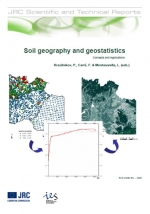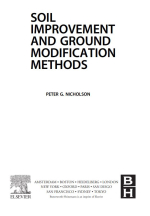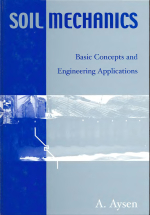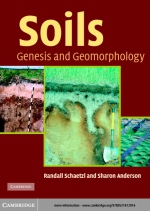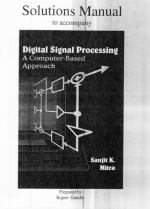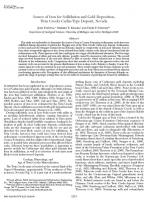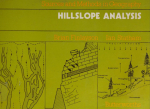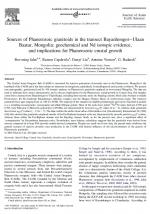The Central Asian Orogenic Belt (CAOB) is renowned for massive generation of juvenile crust in the Phanerozoic. Mongolia is the heartland of the CAOB and it has been subject to numerous investigations, particularly in metallogenesis and tectonic evolution. We present new petrographic, geochemical and Sr–Nd isotopic analyses on Phanerozoic granitoids emplaced in west-central Mongolia. The data are used to delineate their source characteristics and to discuss implications for the Phanerozoic crustal growth in Central Asia. Our samples come from a transect from Bayanhongor to Ulaan Baatar, including three tectonic units: the Baydrag cratonic block (late Archean to middle Proterozoic), the Eo-Cambrian Bayanhongor ophiolite complex and the Hangay–Hentey Basin of controversial origin. The intrusive granitoids have ages ranging from ca. 540 to 120 Ma. The majority of the samples are slightly peraluminous and can be classified as granite (s.s.), including monzogranite, syenogranite and alkali feldspar granite. Most of the rocks have initial 87Sr/86Sr ratios between 0.705 and 0.707. Late Paleozoic to Mesozoic granitoids (#250 Ma) are characterized by near-zero Nd(T) values (0 to 22), whereas older granitoids show lower Nd(T) values (21.5 to 27). The data confirm the earlier observation of Kovalenko et al. [Geochemistry International 34 (1996) 628] who showed that granitoids emplaced outside of the Pre-Riphean basement rocks are characterized by juvenile positive Nd(T) values, whereas those within the Pre-Riphean domain and the Baydrag cratonic block, as for the present case, show a significant effect of ‘contamination’ by Precambrian basement rocks. Nevertheless, mass balance calculation suggests that the granitoids were derived from sources composed of at least 80% juvenile mantle-derived component. Despite our small set of new data, the present study reinforces the general scenario of massive juvenile crust production in the CAOB with limited influence of old microcontinents in the genesis of Phanerozoic granitoids.


